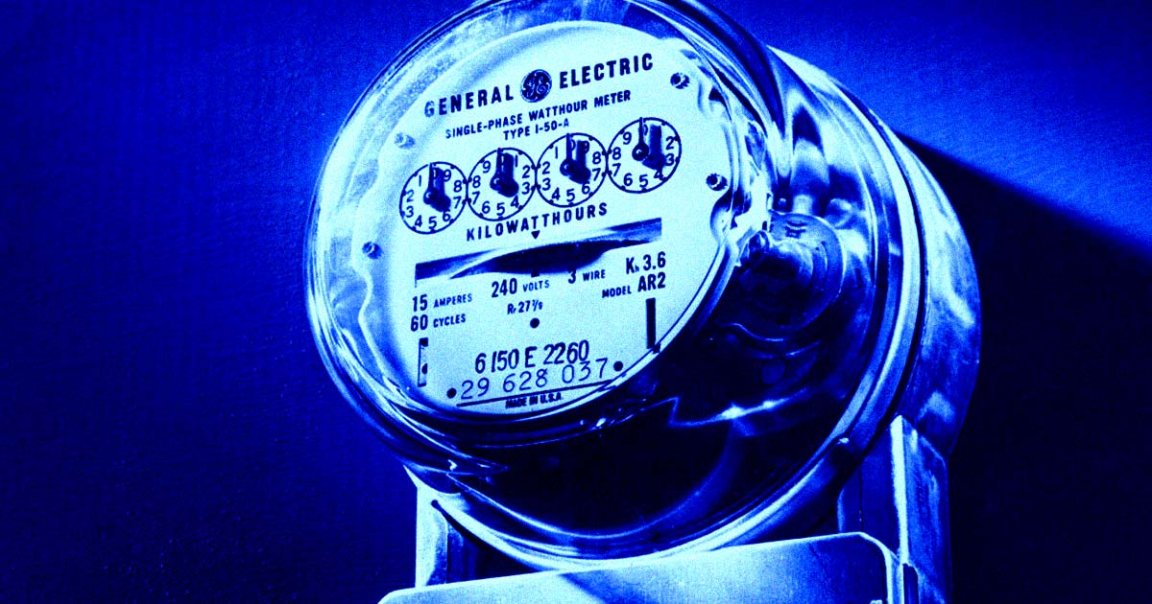
Paid to Power
A man in the Netherlands has discovered an unusual strategy to get paid for using electricity from the local grid.
As the Wall Street Journal reports, soaring wind and solar power generation has often pushed energy prices below zero in the Northern European nation over the past year.
Instead of having a fixed price that changes once a week, month, or year, Dutch software salesman Jeroen Van Diesen picked two power providers that charge him a wholesale power price that changes every hour.
In large part thanks to government subsidies, green energy providers aren’t incentivized to stop loading even more power into the grid, which allows for a situation where prices can drop below zero.
As a result of these strange fluctuations, which tend to only happen when there’s a lot of wind or sunshine, Van Diesen says he’s made around $34 while charging his electric car over teh past five months, which is roughly enough to pay for the service fees his unusual power provider charges him.
“I’m charging the car for free,” he told the WSJ. “To me it’s also like a hobby and a game — how far can I go?”
Gaming the System
The occurrence of negative prices has soared over the last couple of years in continental Europe. That’s especially true in countries with a significant capacity to generate renewable energy, like the Netherlands, Finland, and Spain.
As the Financial Times reports, electric prices dropped into the negative for a record 7,841 hours across Europe in the first eight months of the year.
And experts predict the same could soon start happening in the US. With a massive rise in solar power capacity, California has seen green power flood its grid, forcing prices into the negative and leaving some generated power unused. As the Washington Post reported in April, 95 percent of California’s 2.4 million megawatt-hours of wasted electricity in 2022 was solar.
The vast majority of Americans, however, still aren’t able to take advantage of the system like Van Diesen, according to the WSJ, since most states don’t allow for real-time pricing. That’s because regulators argue consumers could be hit with massive bills if prices were to rise (see the Texas power crisis in the winter of 2021).
Subsidies could also eventually be reigned in by governments as well, making negative prices a far more rare occurrence in the future. Solar power in particular could see its subsidies thinned out as rooftop panels become increasingly popular.
More on negative prices: Electricity Prices in France Just Turned Negative Because of Renewables